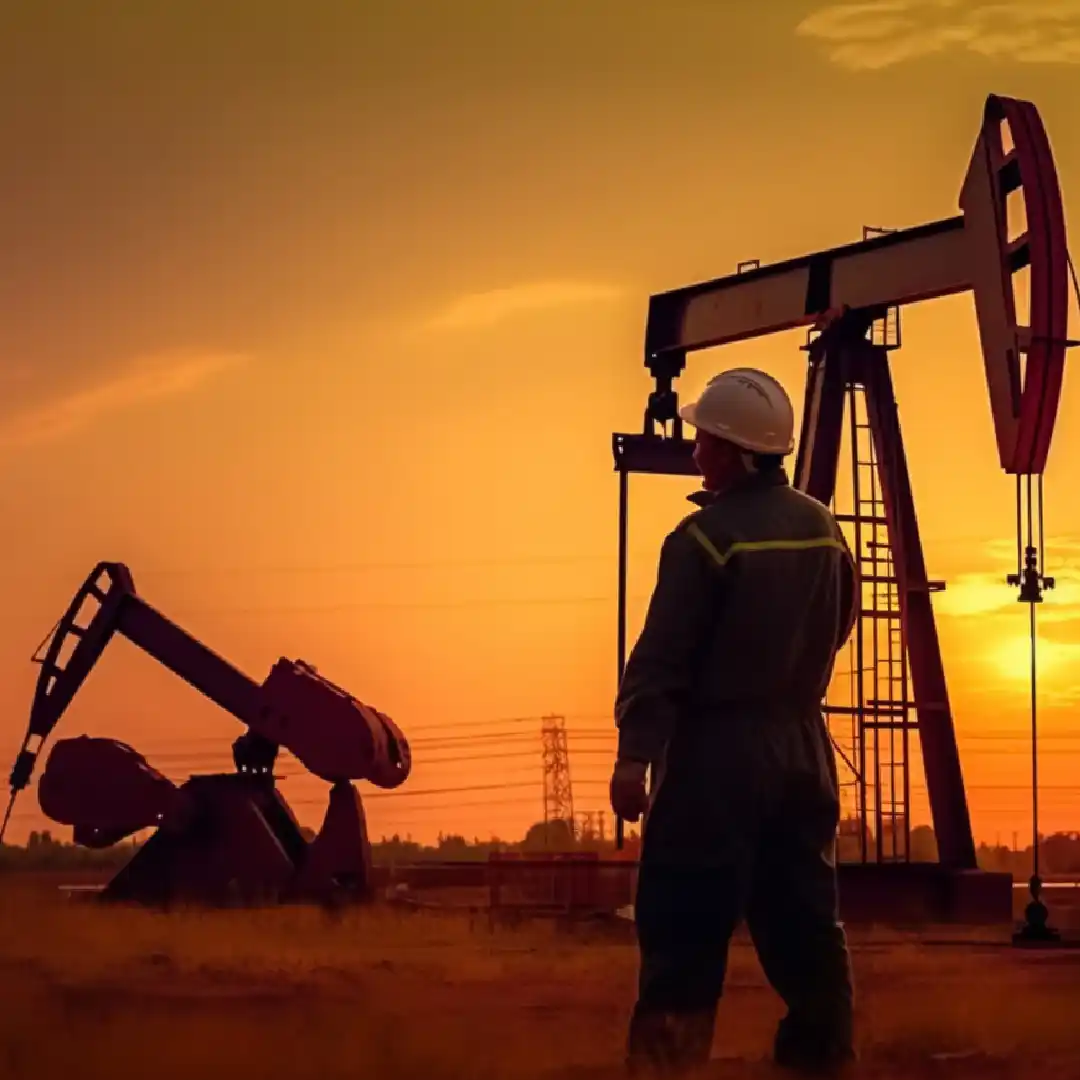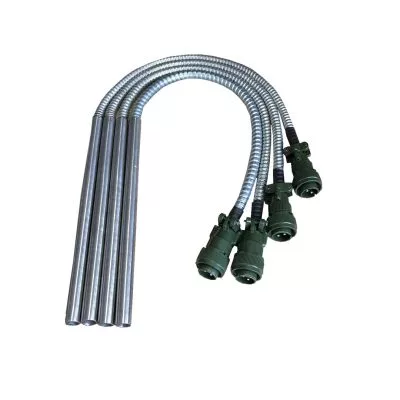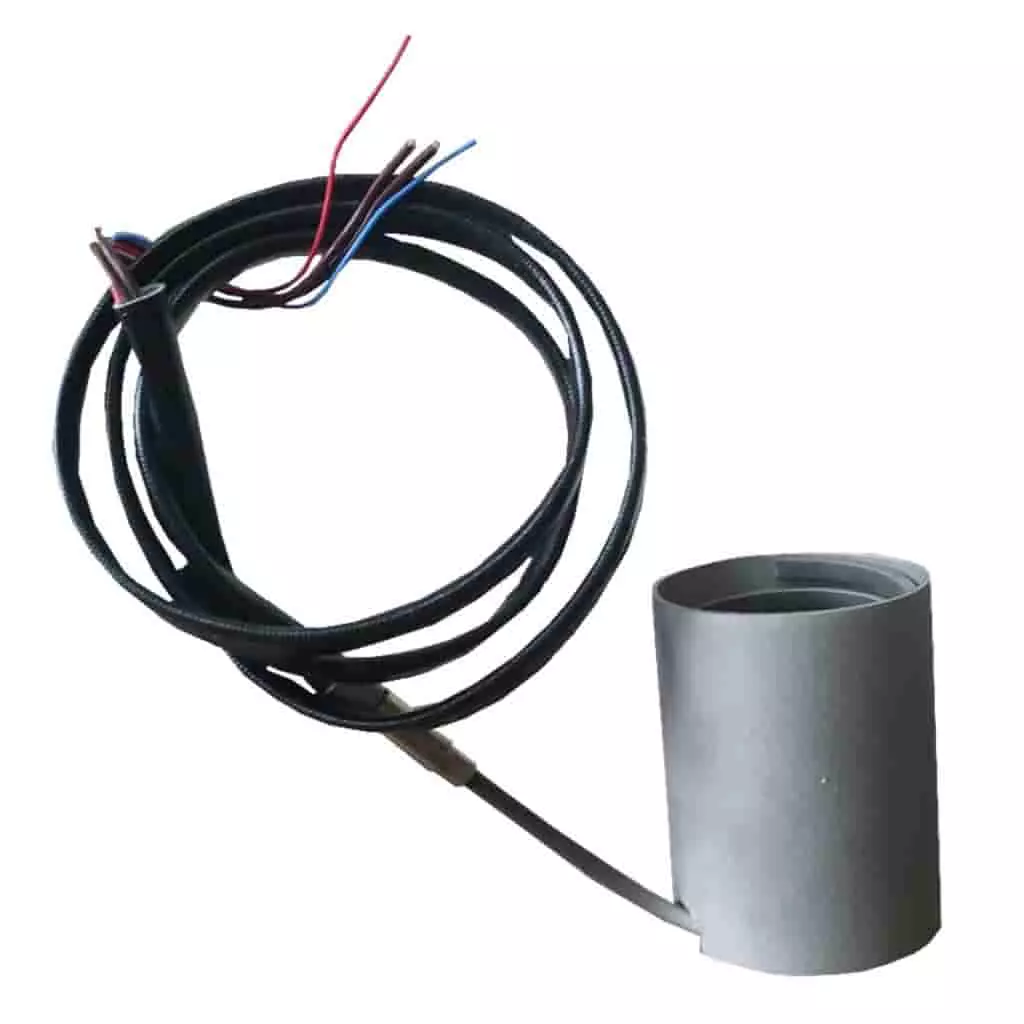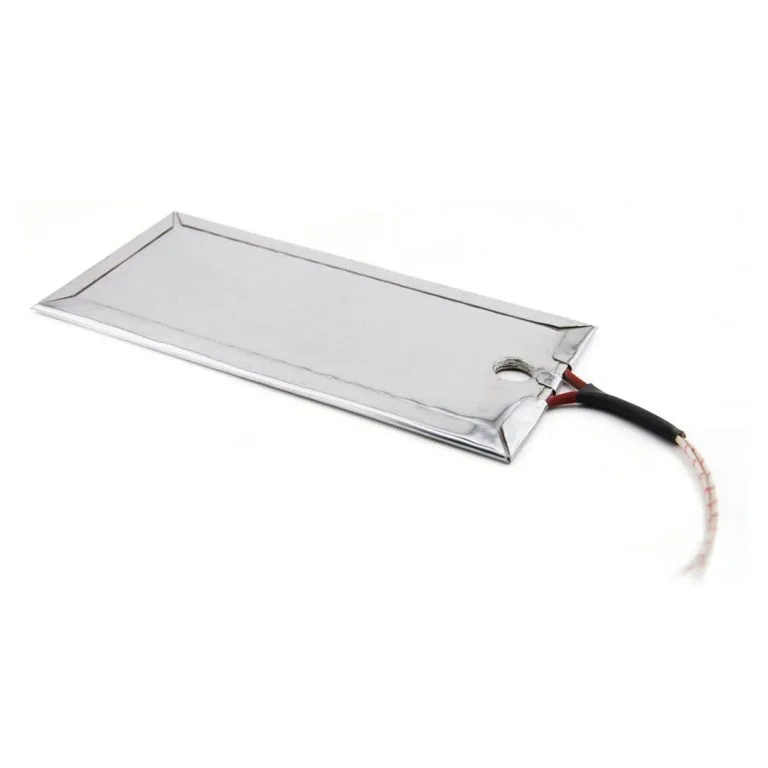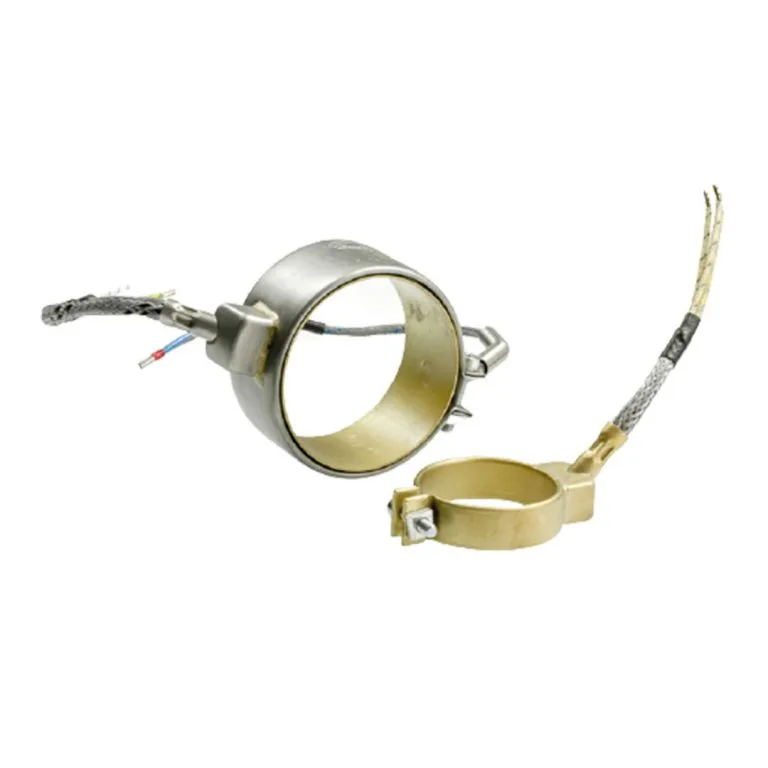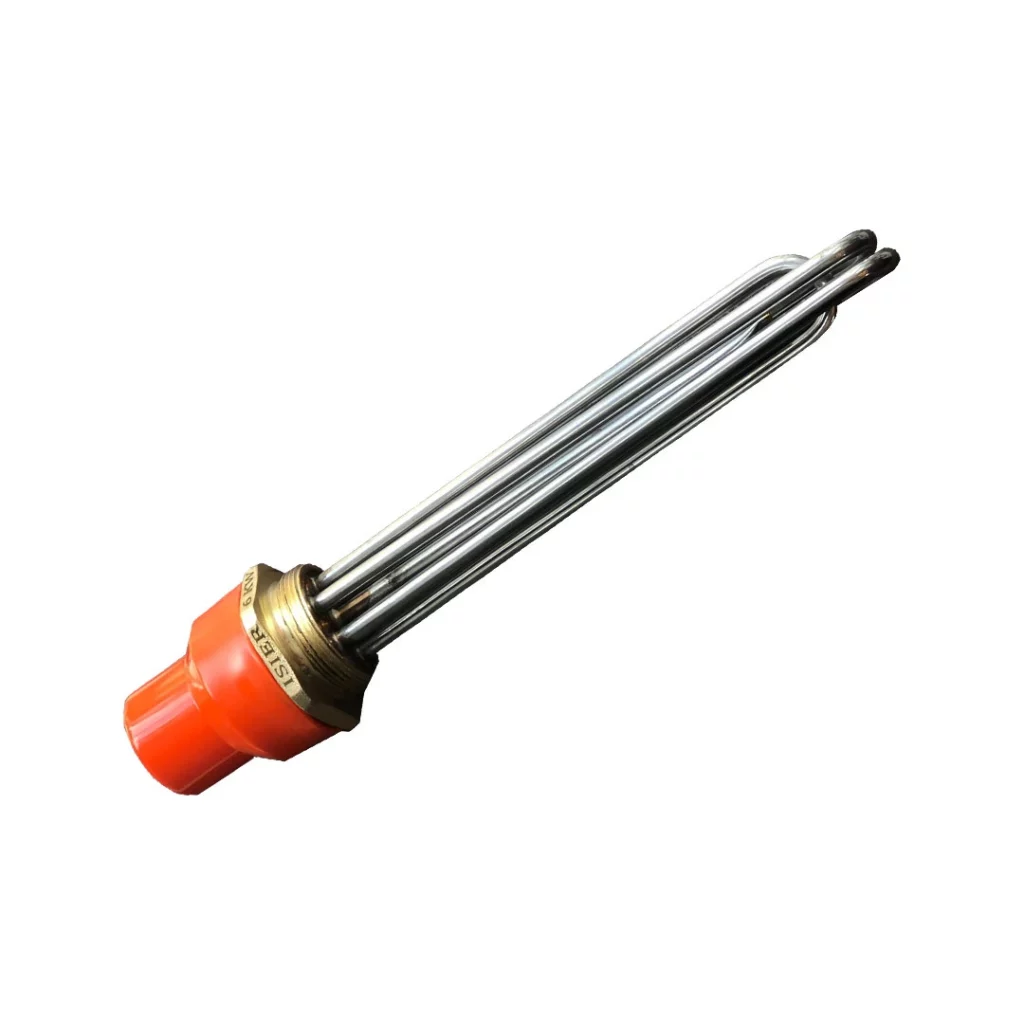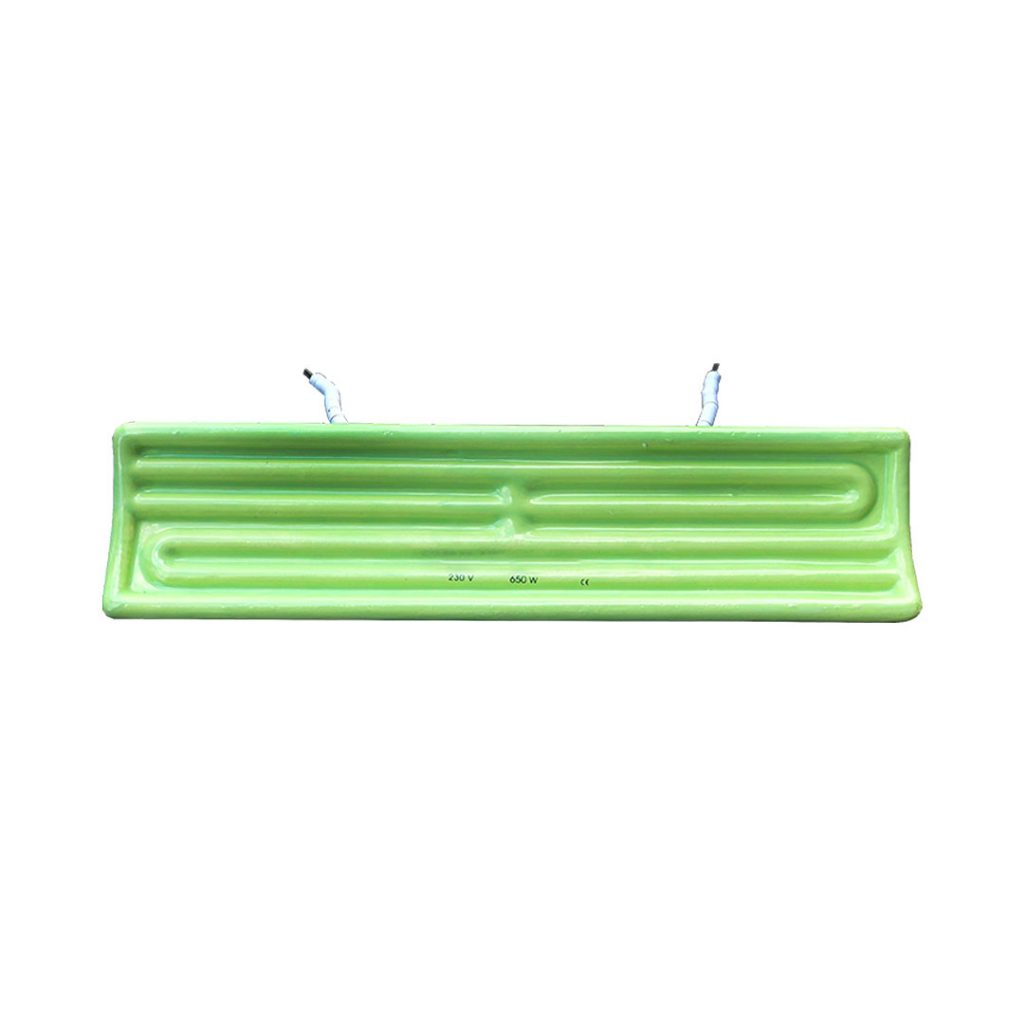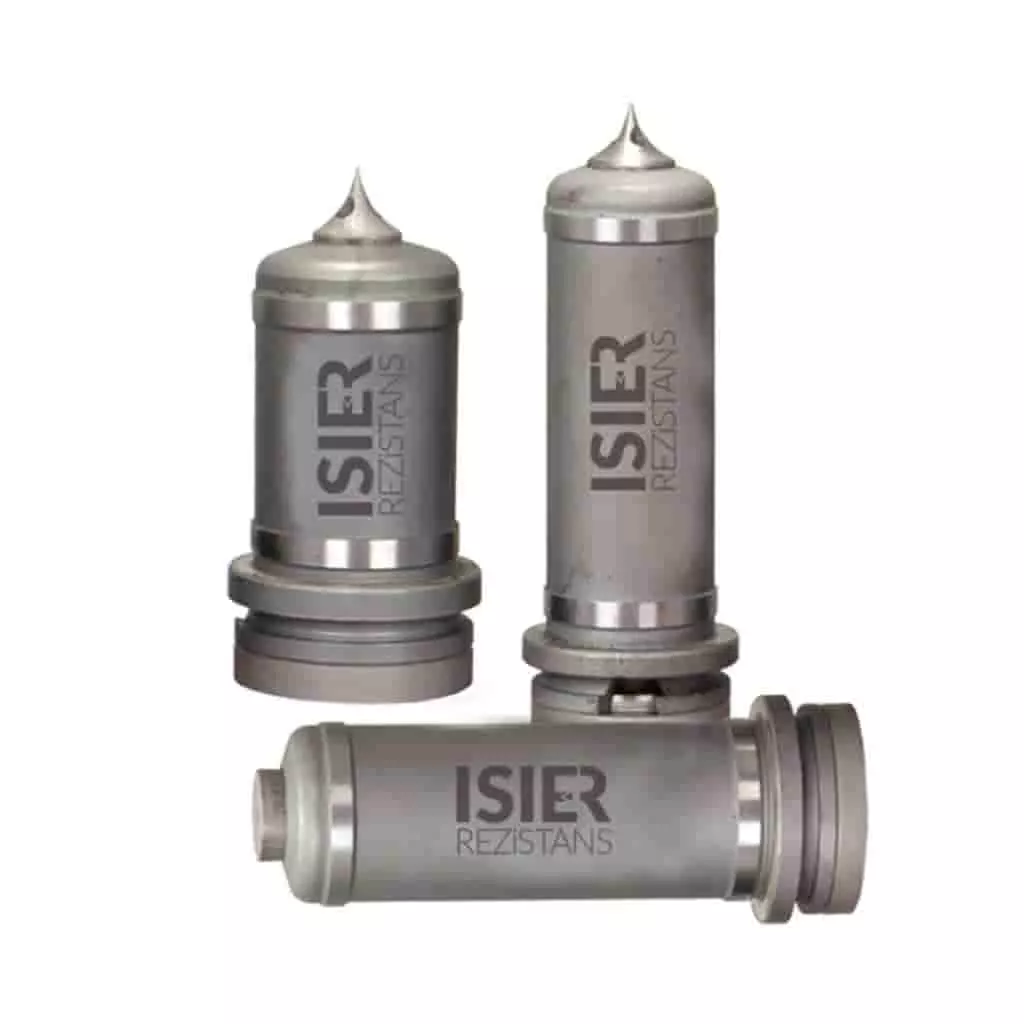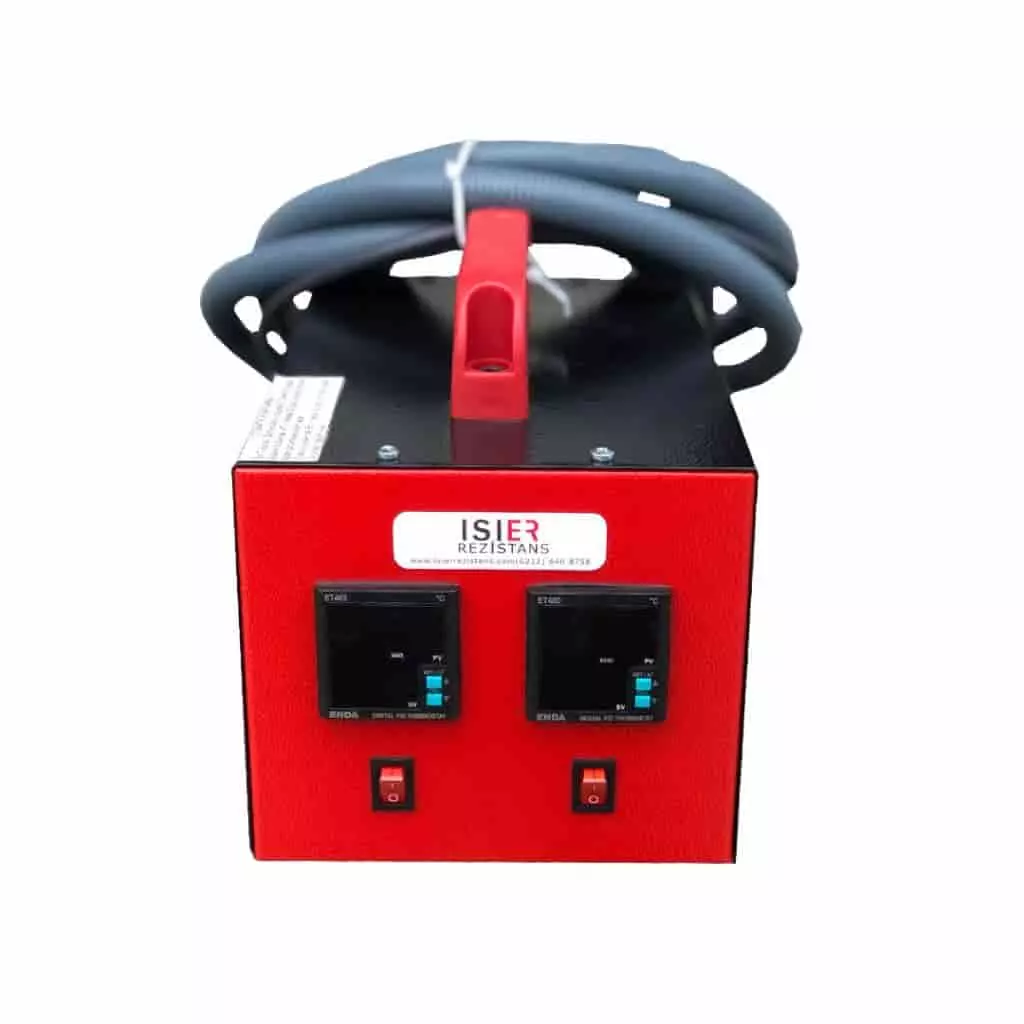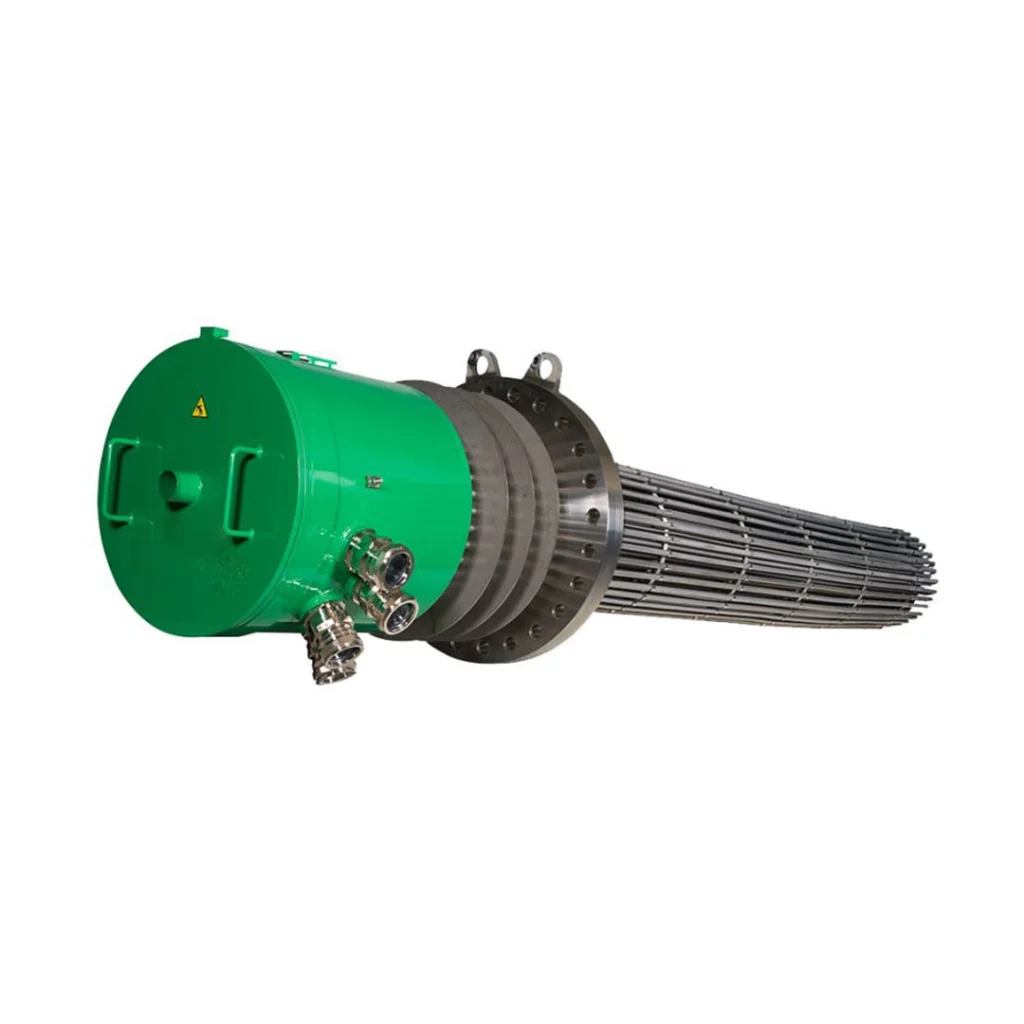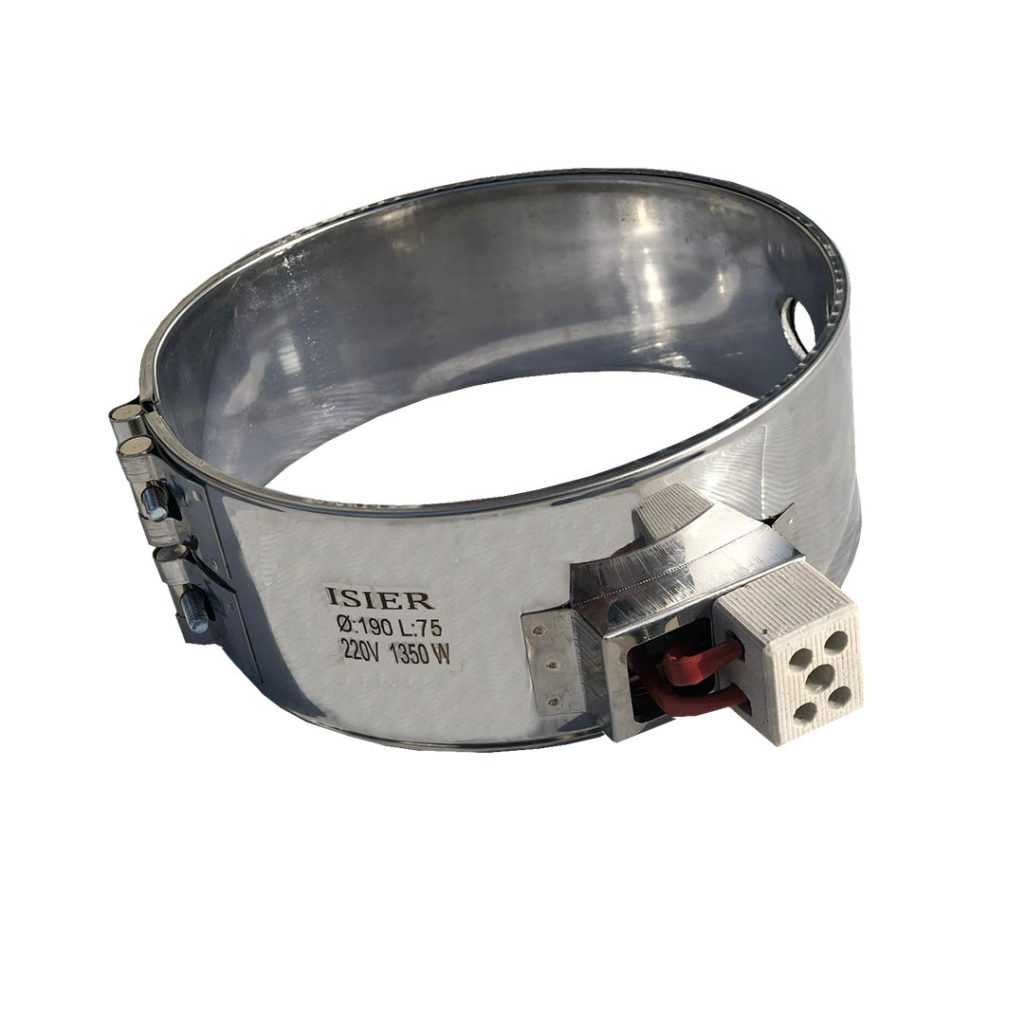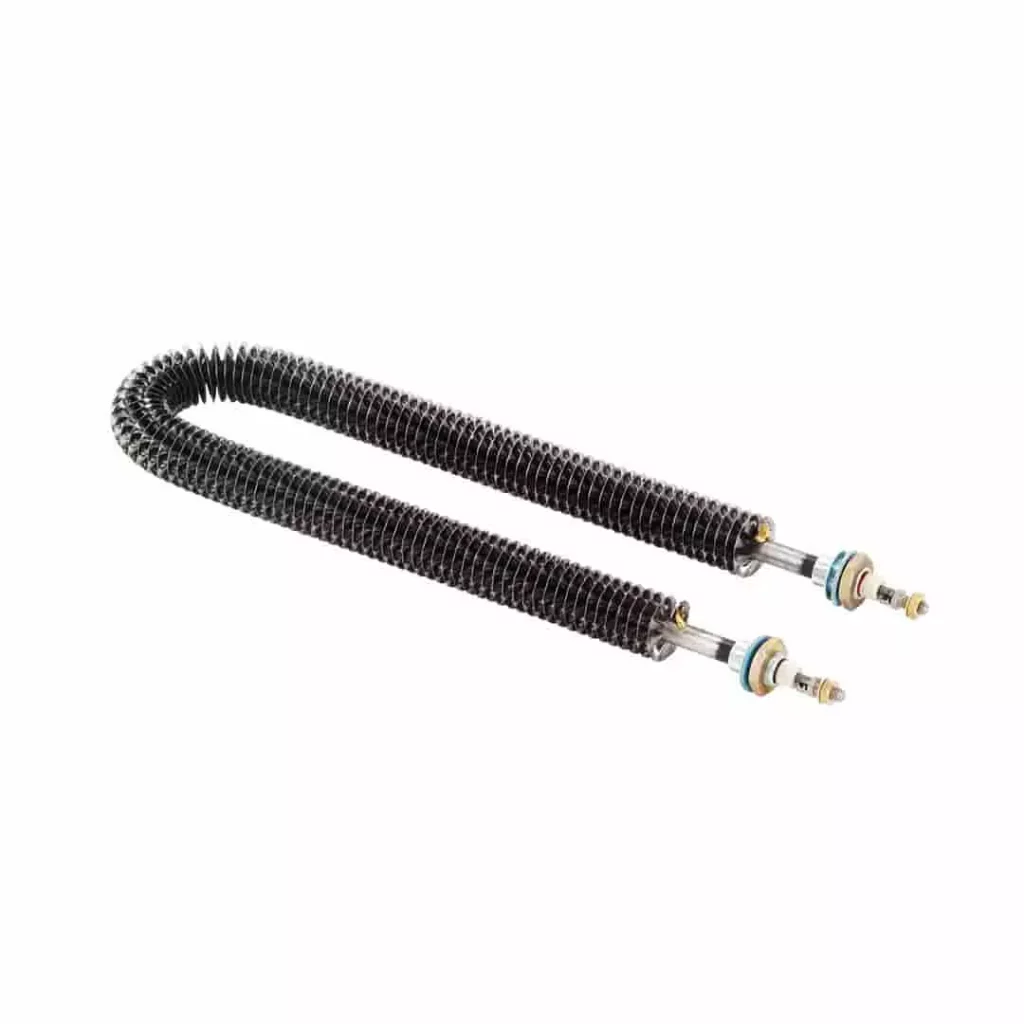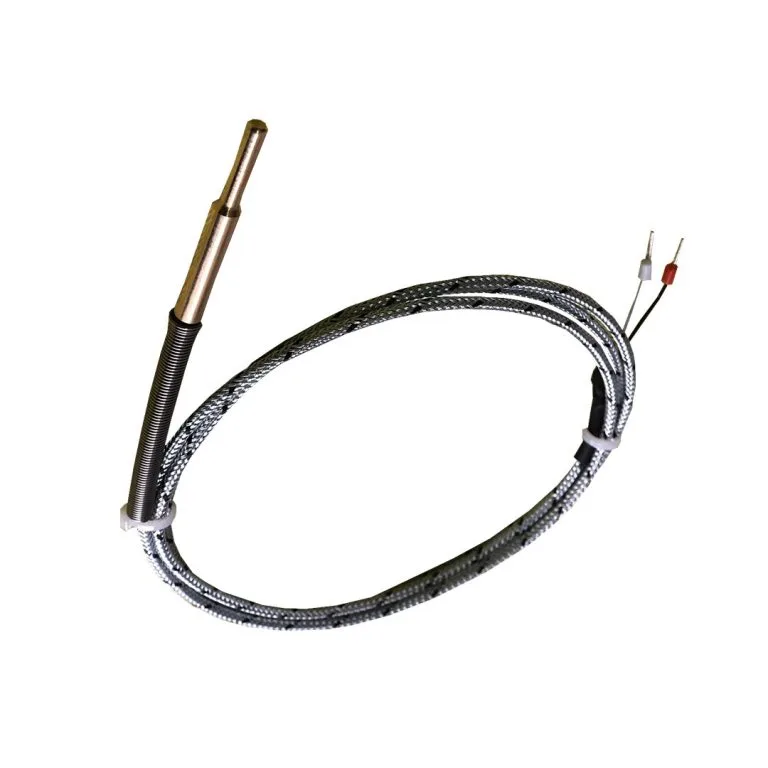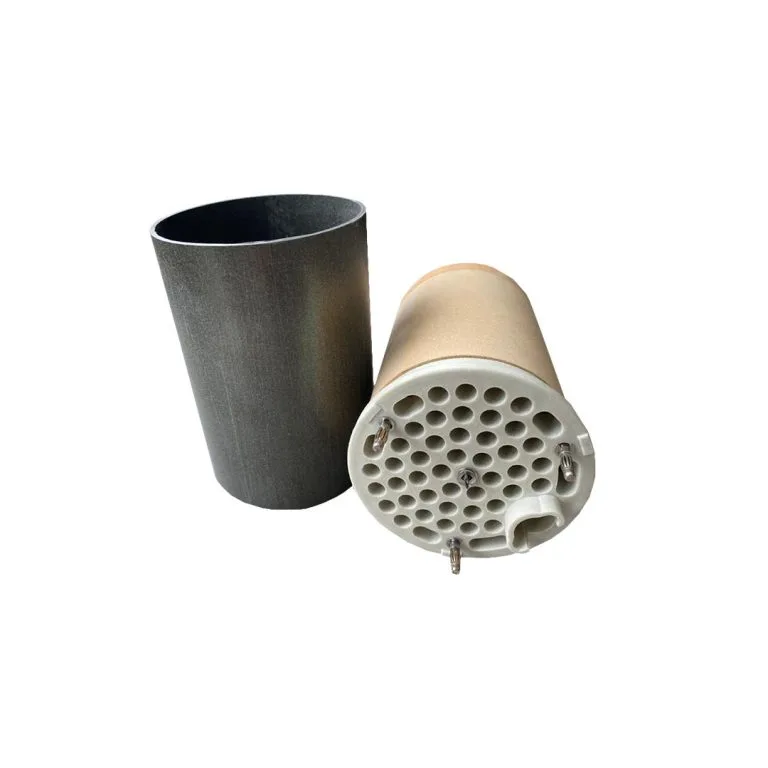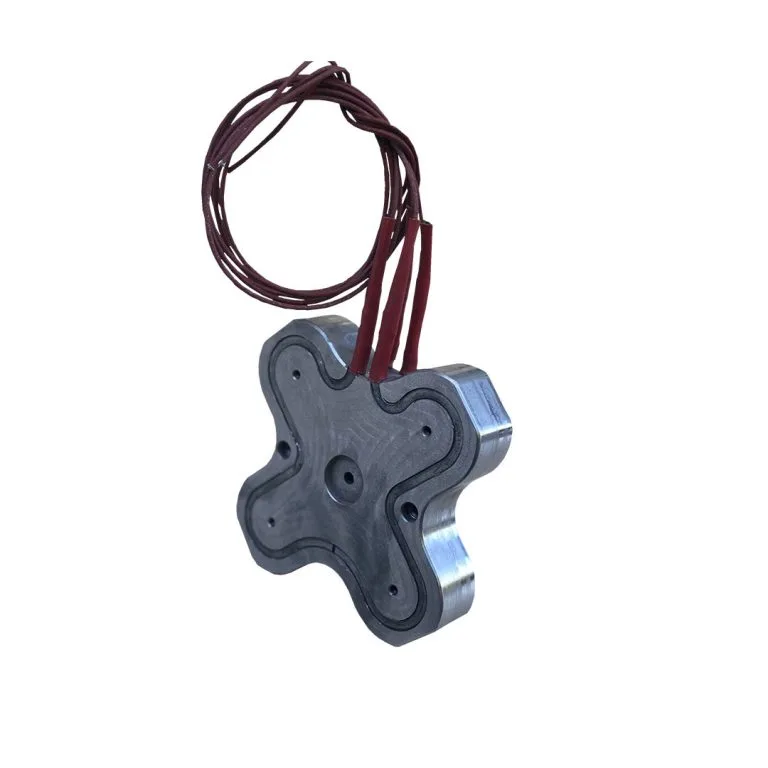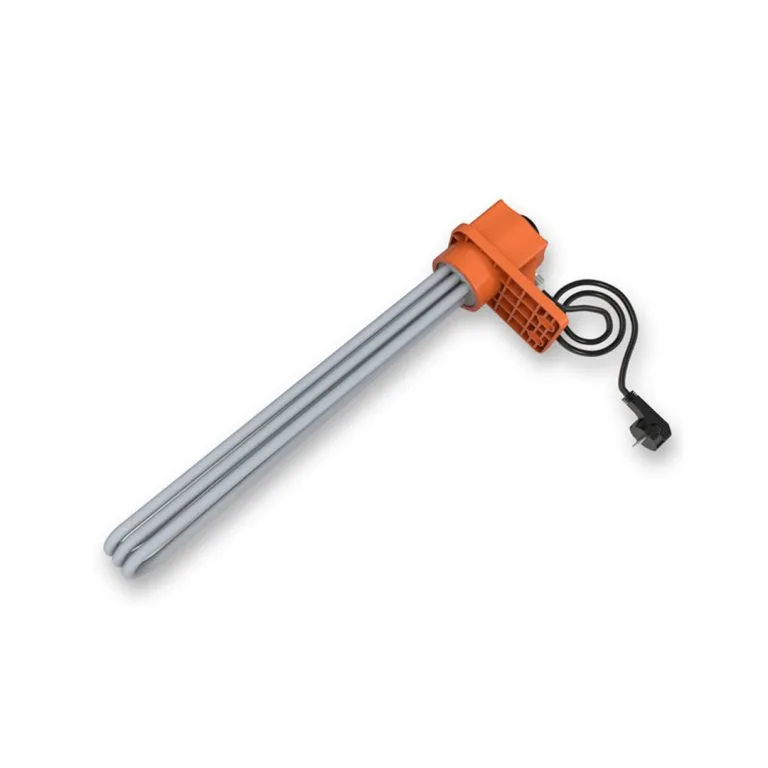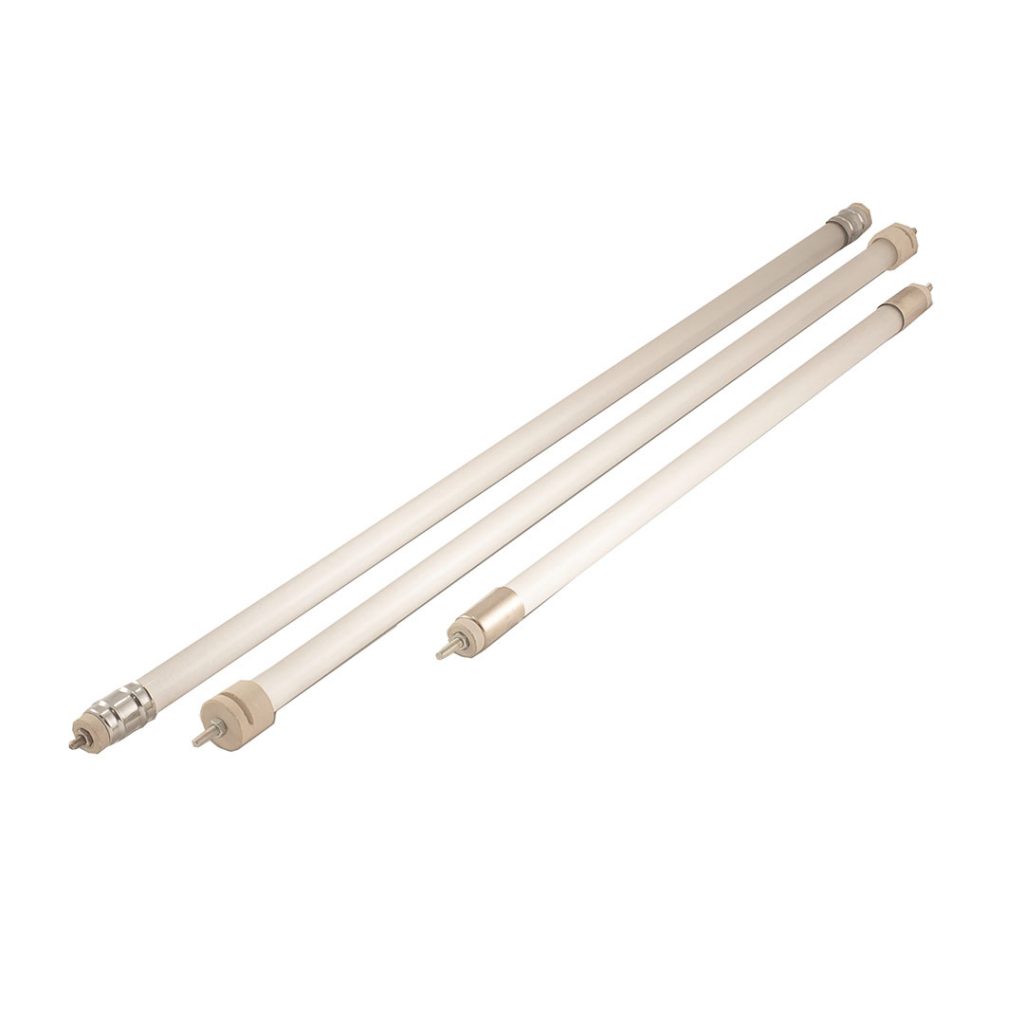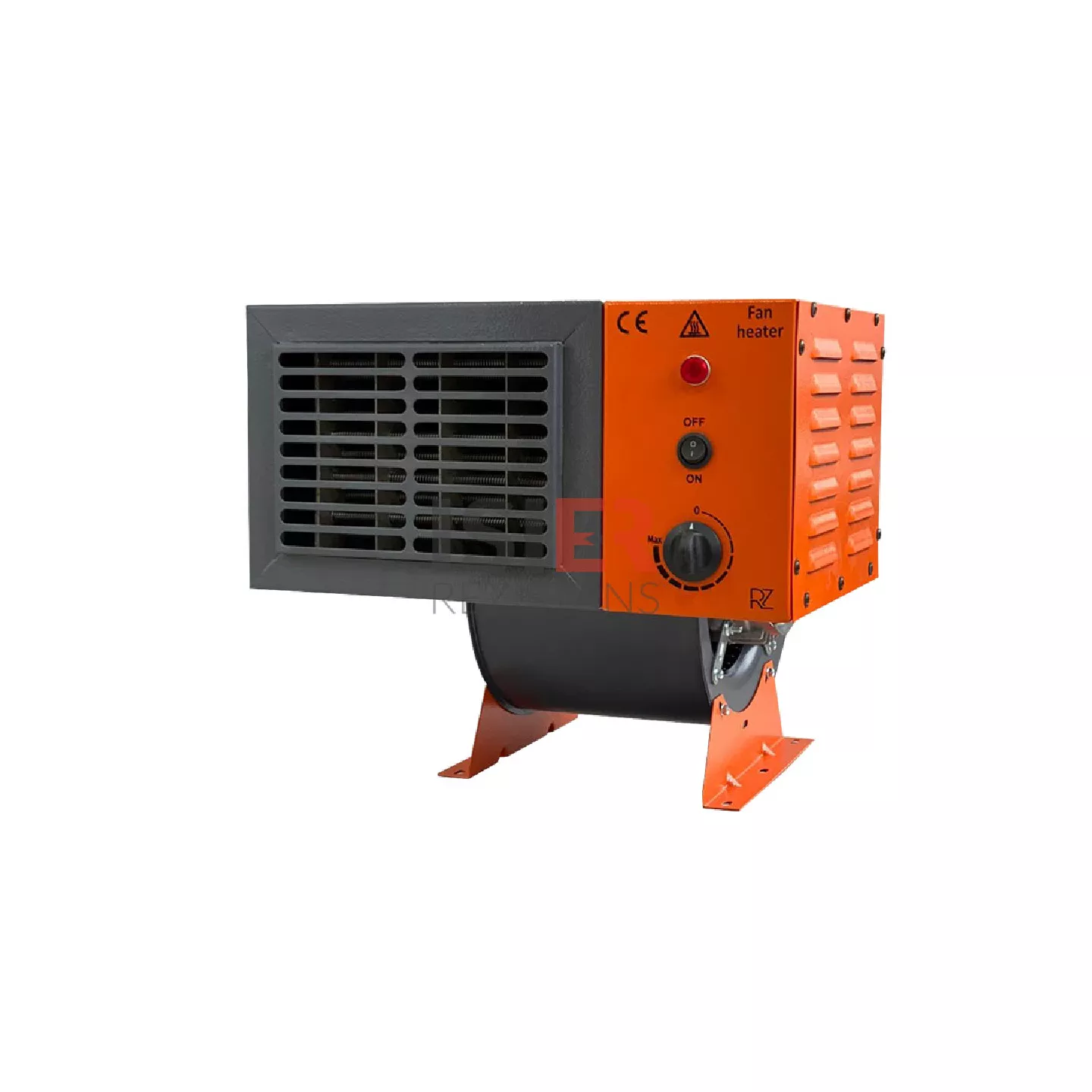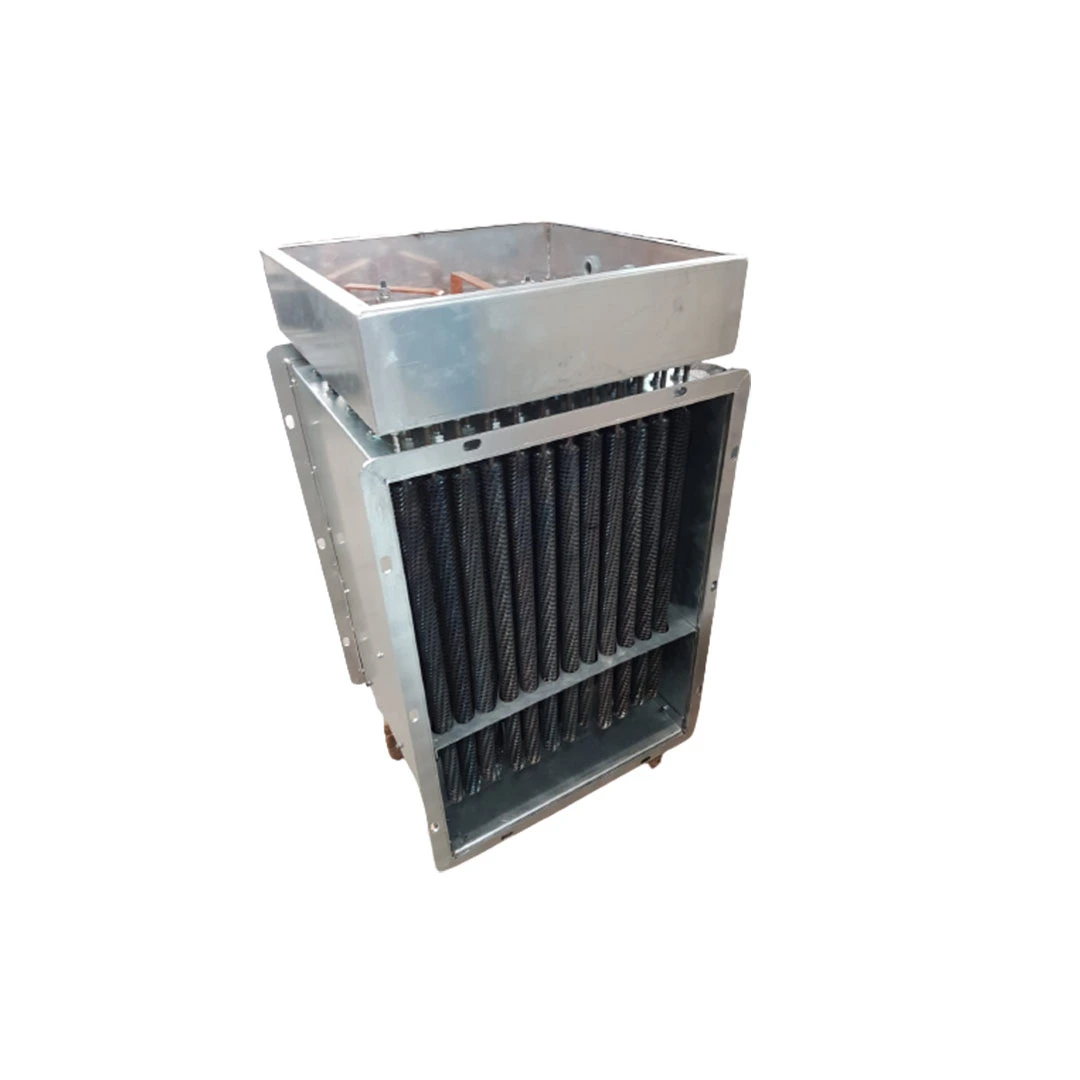Why is a Heater Used in the Fuel Sector?
Storage Tanks: Fuel storage tanks, especially in cold weather conditions, can increase the viscosity of the fuel, thereby reducing its fluidity. Heaters, used inside or around storage tanks, help maintain the fluidity of the fuel at low temperatures and reduce the risk of freezing.
Fuel Heating: In cold climates or storage conditions, heaters are used to increase the fluidity of the fuel. This allows the fuel to move more effectively along pump and pipeline systems.
Pump Stations: Fuel pumps and stations, particularly those operating in low temperatures during winter months, can be heated using heaters. This prevents the freezing of pumps and valves, ensuring smooth operation of the stations.
Fuel Lines: Fuel pipelines carrying fuel over long distances are often exposed to varying climatic conditions. Heaters prevent the fuel from freezing and enhance its fluidity along the pipeline.
Refinery and Processing Facilities: Special heating systems are required for certain processes in fuel refineries and processing facilities. Heaters assist in maintaining specific temperature conditions.
Fuel Tankers and Transportation: Tankers and transportation vehicles carrying fuel can prevent freezing using heaters when exposed to different climatic conditions.
Process Control: Heaters are used in refinery and processing facilities for processes requiring temperature sensitivity to control and optimize specific chemical reactions.
Heaters are crucial for ensuring the safe and effective processing, storage, and transportation of fuel. These systems enhance energy efficiency, ensure safety, and minimize environmental impacts.
Our Products
Your Solution Partner for All Your Resistance Needs
The Importance of Heaters in the Fuel Oil Sector?
Ensuring Fuel Fluidity: In cold climates, the viscosity of fuel can increase, adversely affecting its fluidity. Heaters, used inside or around storage tanks, pipelines, and pumps, can increase the fluidity of fuel at low temperatures and reduce the risk of freezing.
Utilization in Storage Tanks and Terminals: Heaters in fuel storage tanks and terminals optimize storage conditions by controlling the temperature of stored fuel. This preserves fuel quality and enhances processing processes.
Climate Control in Tankers and Transportation Vehicles: Tankers and transportation vehicles carrying fuel can be equipped with systems that can be heated via heaters when exposed to different climatic conditions. This prevents fuel from freezing during transportation.
Usage in Refinery and Processing Facilities: Heaters can be used in fuel refineries and processing facilities for processes requiring temperature sensitivity to control and optimize specific chemical reactions.
Water and Moisture Control: Water and moisture in storage tanks and pipelines can cause various issues, such as corrosion. Heaters help control this water and moisture, thereby extending the equipment’s lifespan.
Efficient and Safe Fuel Utilization: Heaters ensure efficient heating of fuel, leading to more effective combustion and contributing to energy savings.
Enhancing System Performance and Reliability: Heaters enhance system performance and reliability by providing temperature control in fuel and oil processing systems, supporting continuous and smooth production processes.
Reducing Operational Costs: Well-designed and utilized heater systems can reduce operational costs. Factors such as energy efficiency and ease of maintenance influence operational costs.
The use of heaters in the fuel and oil industry is crucial for ensuring safety, efficiency, and minimizing environmental impacts. These systems provide a safe and effective heating solution for industrial applications.
Technical Specifications of Stirrers Used in the Fuel Sector
Material: Heaters used in the fuel sector are generally made of corrosion-resistant materials such as stainless steel or special nickel-chromium alloys.
Nominal Power (Watt): This specifies the heating capacity of the heater. It should have a power level suitable for fuel storage tanks, pipelines, or other applications.
Nominal Voltage (Volt): This indicates the operating voltage of the heater. It should be compatible with the electrical system of fuel facilities.
Temperature Range: The temperature range in which the heater can operate is important for a specific application. Fuel storage and transportation conditions should be taken into account.
Corrosion Resistance: Due to the substances contained in fuel, heaters should be resistant to corrosion.
Water and Moisture Resistance: Water and moisture can cause issues in places like storage tanks and pipelines. Heaters can help control water and moisture.
IP Protection Class: This determines the resistance of the heater to environmental conditions. It should have a suitable IP protection class, especially if it will be used in outdoor environments.
Mounting and Connection Features: The mounting and connections of the heater affect installation and maintenance processes. Easy mounting and connection can optimize operational processes.
Energy Efficiency: Heater energy efficiency can reduce operating costs. Energy-saving and high-performance heaters are preferred.
Compliance and Safety Standards: Heaters should comply with industry standards and have the necessary safety certifications.
Control and Regulation Capabilities: Temperature control and regulation capabilities may be important in some applications. In such cases, heaters should be able to be integrated with suitable sensors and control systems.
These features are important factors that determine the reliability, durability, and performance of heaters used in the fuel sector. The correct heater selection should be made considering application requirements and operating conditions.
Flanged and Exproof Heaters in Fuel Sector
In the fuel sector, flanged and Ex-proof (explosion-proof) heaters are designed to meet specific application requirements for heating solutions. Here are the key features of these two types of heaters:
Flanged Heaters: Flanged heaters are typically used for heating fuel in tanks, pipelines, and other closed systems. The flange is a part that facilitates the mounting and connection of the heater. These heaters can be preferred for both internal and external tank installations.
Technical Specifications: They are generally made of stainless steel or special alloys. The flange enables the connection of the heater to the tank or pipeline. Models suitable for high-power applications are available.
Different nominal power and voltage options may be available. It should have the appropriate IP protection class.
Ex-Proof Heaters: Ex-proof heaters are designed to be used in areas with a risk of explosion. They can be safely used in areas with a high risk of explosion in the fuel and petroleum industries. These heaters have a special structure resistant to explosions.
Technical Specifications: They are made of explosion-resistant materials. They minimize the risk of explosion with special sealing and gasket systems.
They must have ATEX (ATmospheres EXplosibles) certifications. Different nominal power and voltage options may be available. They should be resistant to operating temperature and pressure conditions.
These two types of heaters are designed to provide safe and effective heating solutions in the fuel sector. If working in areas with a high risk of explosion in fuel facilities, Ex-proof heaters should be preferred. The selection of both types of heaters should be made considering specific application requirements and compliance with local safety standards.



